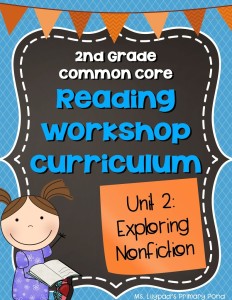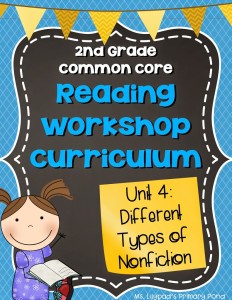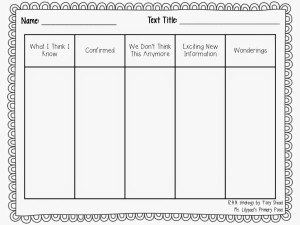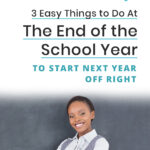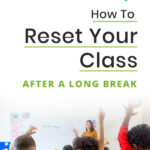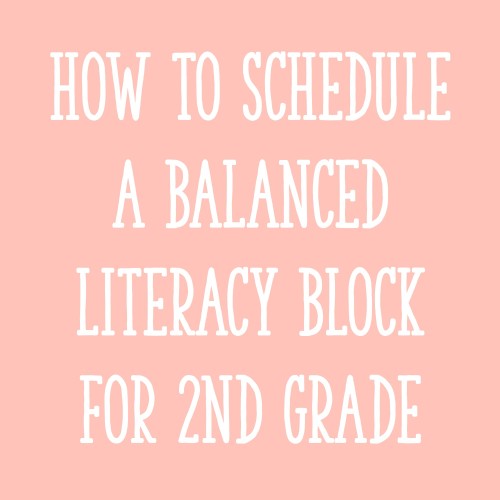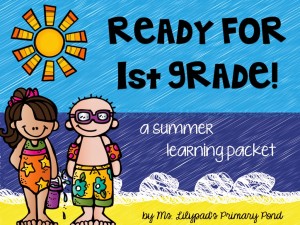I am officially on summer break! One of my goals this summer is to catch up on past issues of Reading Teacher that I have not had time to read. I am about three months behind on that…oops. Reading Teacher is a great journal published by the International Reading Association. Each monthly issue is packed with so much good stuff. I like to read each article carefully and take time to think about how the information can improve my practice. This means that I move through the issues verrrrry slowwwwly.
I recently read one article from the March issue. It’s called “Nurturing the Inquiring Mind Through the Nonfiction Read-Aloud,” and it’s by Tony Stead. One of the main messages of the article is that nonfiction should frequently be used for readalouds. I am totally on board with that and am always looking for nonfiction that makes for a good readaloud.
In his article, Stead describes a strategy that he calls R.A.N. (Using the Reading and Analyzing Nonfiction Strategy). He notes that it’s based on Dona Ogle’s K-W-L strategy, which you’re probably familiar with already. But he takes the K-W-L to a whole new level.
Instead of “Know,” “Want to Know,” and “Learned,” R.A.N. has five categories:
1. What I Think I Know
2. Confirmed
3. We Don’t Think This Anymore
4. Exciting New Information
5. Wonderings
In my second grade units that deal with nonfiction, I address every single one of these processes that Stead incorporates into R.A.N.: activating background knowledge before reading, confirming or reevaluating that background knowledge while reading, noting new information learned, and questioning. These are key strategies for working with nonfiction.
I wish I had thought of this organizer myself…it seems so logical! Here is a printable version of this organizer that you can model and have your students write in (click on the picture for the free download).
Stead also notes that it is not necessary to use the R.A.N. chart every time you or your students work with nonfiction. He says that it is especially effective when students likely have background knowledge on the topic of study.
I hope you enjoy using this organizer as much as I will!
Citation: Stead, T. (2014). Nurturing the inquiring mind through the nonfiction read-aloud. The Reading Teacher, 67(7), 488-495.


